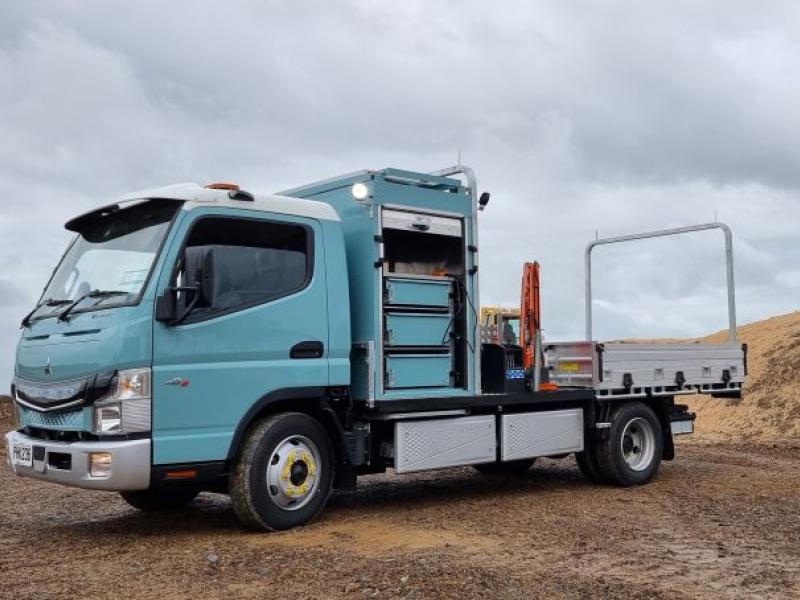| Robert Barry takes a look at the current New Zealand situation regarding lowering fleet costs and emissions and looks at the lessons learned by fleet management companies as they have gone about this process. Unlike the previous Labour-led government that was pushing the concept of “energy diversity” and encouraging its departments to purchase more diesel and hybrid vehicles in order to lower running costs and greenhouse gases – the current government seems to have abandoned that policy. There was also talk in the public arena from the politicians about trying to lower the entire average emissions level of the new passenger vehicle fleet to 170gm/km but that idea has also disappeared into the ether. A few car brands with a problematic model mix of sports and performance vehicles have been quietly relieved. Fortunately with the new engine technology that’s coming through from all four corners of the globe, the average emission level of the total new passenger car market (everything under 3.5 tonne) is dropping and according to Perry Kerr of the MIA it is currently 202g/km which has dropped from 204g/km. Perry says the MIA started collating this figure in 2006 at 220.7g/km. The huge surge in the SUV market has not helped the figure drop significantly this year according to Perry Kerr. Globally this is an issue that markets need to address sooner rather than later. Senior engineer Michio Shinohara who is in charge of the hybrid programme at Honda Motor Company told NZ Company Vehicle earlier this year at the current rate of production and consumption the number of cars on the earth will triple by 2050 but C02 emissions will have to be halved. A sobering thought that needs to be taken into account. Never let a good recession go by When the global financial crisis bit the NZ economy hard more than two years ago, lowering the emissions of the fleet was less of a focus because survival of the business was far more important and all avenues of cost cutting were rapidly implemented. “You should never let a good recession go by,” was the famous quote from Mitchel Booth the general manager of GE Capital Fleet and Equipment Finance to Company Vehicle in a previous article on leasing options in October. What Booth meant by that statement was it was an opportune time for all fleets to get their house in order and formulate new vehicle policy that would contribute to the bottom line. This paved the way for many fleets to take a cold hard look at their fleet policy and implement new fleet strategy with the help of their leasing provider based on several criteria not just what was the cheapest upfront cost. Mitchel Booth says the fuel increases mid 2008 spurred customers into considering alternatives and Custom Fleet progressively watched fleets move to smaller vehicles over 2009 and 2010. However, while fuel costs may have been one of the catalysts, the new policies adopted have included a number of other factors - vehicle optimisation, ‘whole of life’ costs, environmental outputs and staff retention. As a result, customers choices have altered the makeup of Custom Fleet’s vehicle portfolio to include a noticeable three percent reduction in large vehicles which have been replaced by small, medium and SUV vehicle options. Booth says that environmental reporting has been generally stable throughout this period (no major increases). Many clients priorities changed after the GFC however and Custom Fleet are now starting to see indications that emission reporting is becoming more of an issue. Most companies now also want ‘real time’, up to date fleet management reports to enable them to monitor and manage their fleet costs as effectively as possible. Custom Fleets web based Key Access system enables customers to create dashboard reporting to suit their individual needs. This ensures they can control costs and reduce expenses. In NZ Custom Fleet has removed large vehicles from its internal vehicle policy and have given staff hybrid, diesel and lower litre-age petrol options to fit with its environmental and financial objectives. The majority of staff changed over vehicles by mid June 2010 and Mitchel Booth says the feedback from staff has been very pleasing. In Australia GE and Custom Fleet are foundation members of the Mitsubishi Electric Vehicle (iMiEV) program. The company has acquired a showcase vehicle and Custom Fleet has plans to utilise it as an example of the type of environmentally friendly vehicles that will be widely available in the future. “We have had a customer launch and there are already over 40 customers that are interested in taking a test drive,” says Mitchel Booth. “We will be showcasing the vehicle to many of our clients around Australia and may look to replicate this in NZ in the future.” Practise what you preach There are four simple criteria according to LeasePlan that fleets should consider today when formulating policy are: 1) Fitness for purpose: Are six-cylinder vehicles or Sport Utility vehicles really needed for the application at hand? 2) Financial cost to the business, both short and long term. A cheap car may cost a business much less upfront but it may prove to be more expensive to service and have lower residuals, a more expensive car may prove to be cheaper to run in the longer term. |
3) Environmental impact: Would a hybrid or diesel be a better option for lowering your average fleet emissions or are there just as efficient petrol alternatives in the market to consider?
|






